11111
In the realm of industrial and architectural materials, expanded metal products offer unique combinations of strength, versatility, and functionality. The keywords raised expanded metal mesh, 3/8 expanded metal, stainless steel expanded metal sheet, expansion metal sheet, and 3 expanded metal represent specialized variants that cater to diverse needs in sectors such as construction, manufacturing, and design. Each type brings distinct properties to applications, balancing performance with practicality.
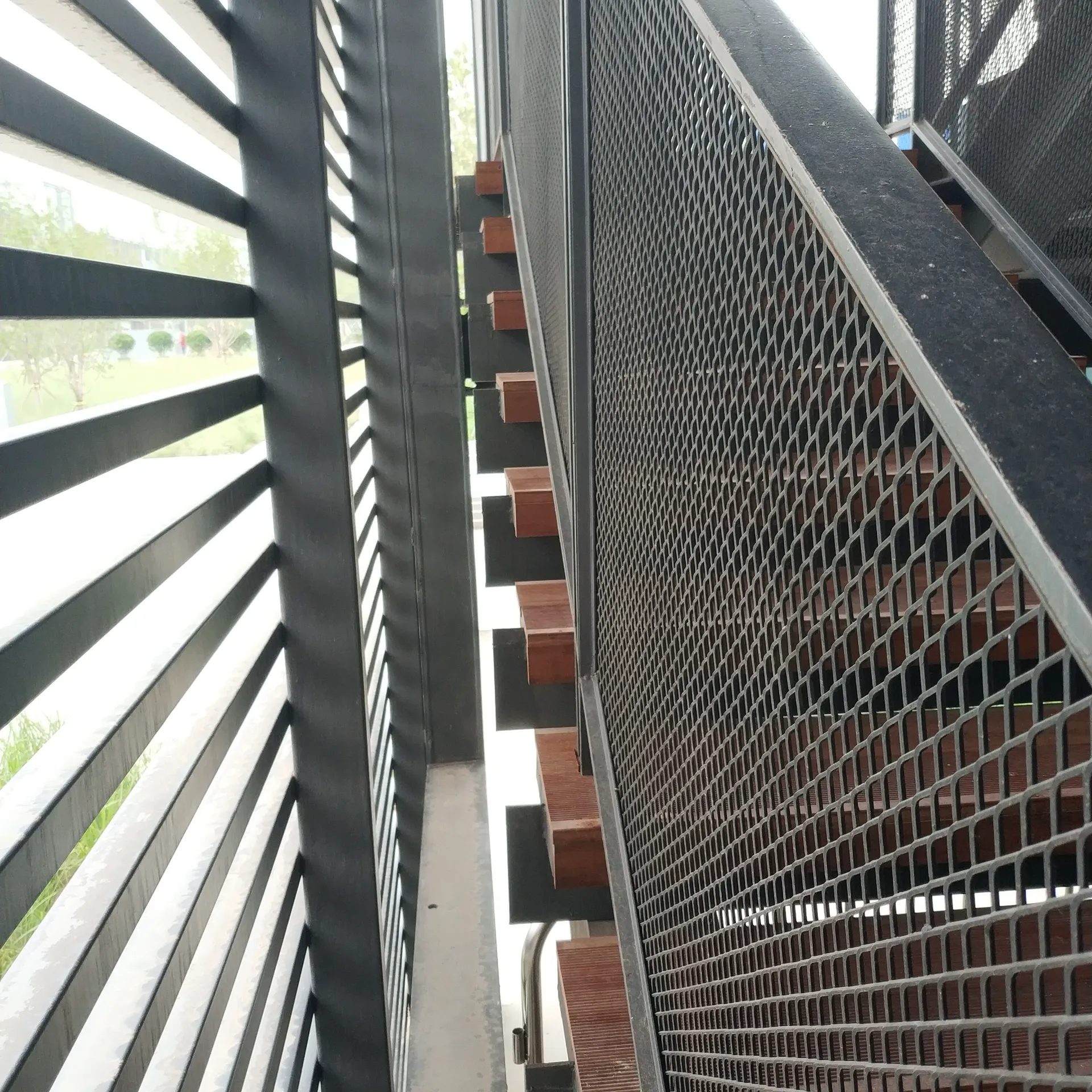
The Structural and Aesthetic Value of Raised Expanded Metal Mesh
Raised expanded metal mesh is characterized by its embossed or raised pattern, which enhances both its visual appeal and structural rigidity. This type of mesh is often used in architectural applications, such as decorative facades or interior partitions, where its textured surface adds depth and dimension to designs. In industrial settings, raised expanded metal mesh can serve as safety barriers or machine guards, leveraging its raised profile to deter unauthorized access while allowing visibility. For example, in commercial buildings, this mesh might be integrated into railing systems, providing a modern aesthetic alongside robust safety features. The raised design also improves grip, making it suitable for walkways or stair treads where slip resistance is critical.
Utilizing 3/8 Expanded Metal in Precise Applications
3/8 expanded metal refers to a mesh with 3/8-inch openings, offering a fine balance between openness and support. This size is ideal for applications requiring moderate airflow and light filtration while maintaining structural integrity. In ventilation systems, 3/8 expanded metal is used as screens to prevent debris from entering while allowing air to circulate freely. It is also common in agricultural settings for animal cages or fencing, as the mesh size effectively contains small animals while permitting easy feeding and cleaning. Additionally, in automotive or aerospace industries, this mesh might be used for lightweight components that require both strength and reduced weight, such as engine covers or interior panels.
The Durability of Stainless Steel Expanded Metal Sheet
Stainless steel expanded metal sheet is prized for its corrosion resistance and high tensile strength, making it suitable for harsh environments. In marine applications, these sheets are used for walkways, gratings, or hull protection, where exposure to saltwater and moisture demands robust materials. In food processing facilities, stainless steel expanded metal sheet meets hygiene standards, serving as drainage panels or conveyor belts that resist rust and chemical cleaning agents. The sleek finish of stainless steel also makes it a popular choice in architectural projects, such as outdoor signage or decorative screens, where both durability and aesthetics are essential.
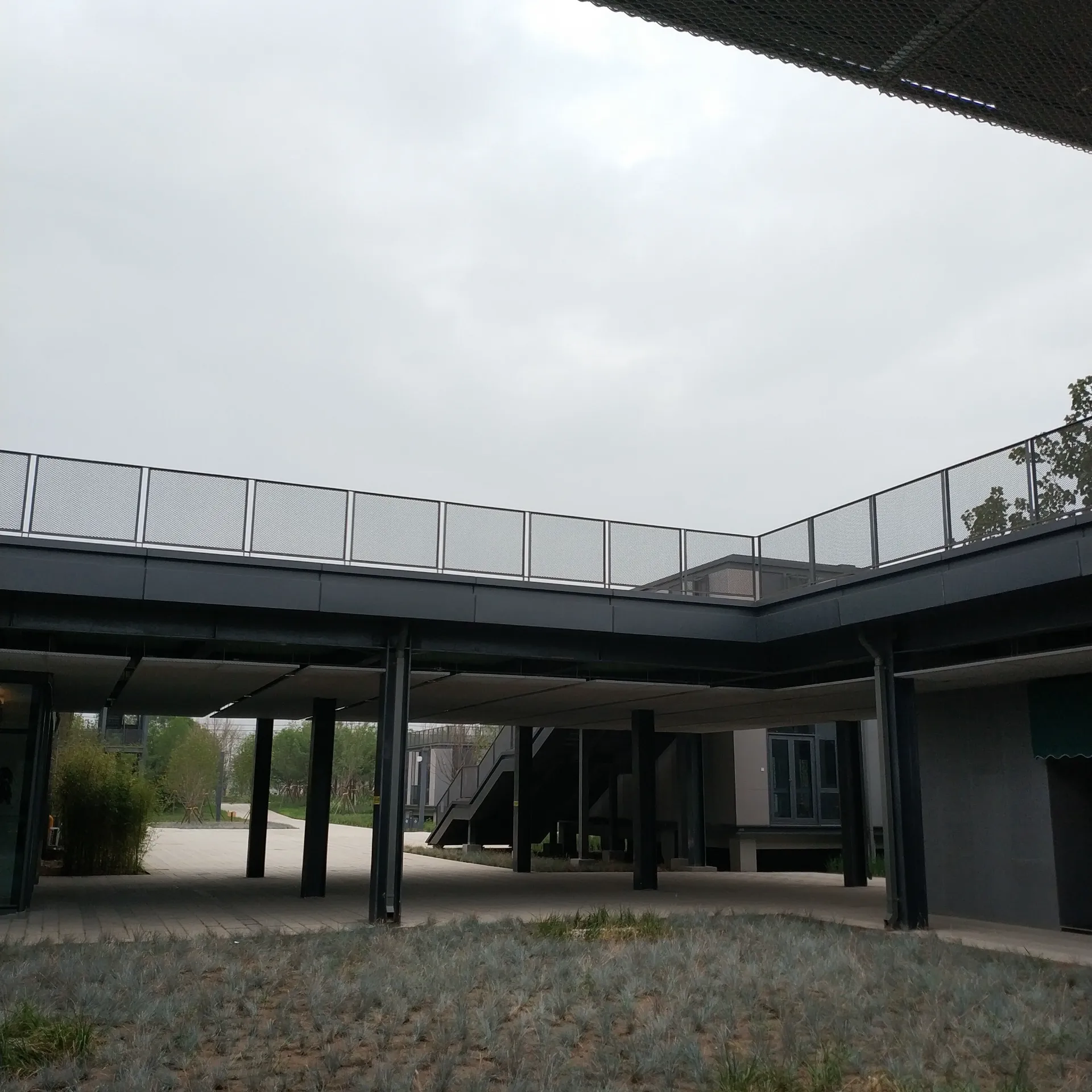
Understanding Expansion Metal Sheet Basics
Expansion metal sheet is a versatile material created by slitting and stretching a metal sheet to form a diamond-shaped mesh. This process results in a lightweight yet strong product suitable for various uses. In construction, expansion metal sheet is often used as a base for plaster or stucco, providing a stable surface that prevents cracking. It can also serve as reinforcement in concrete projects, enhancing structural integrity without adding significant weight. In industrial packaging, these sheets are used to create protective crates or trays for heavy machinery parts, leveraging their strength to withstand transportation stresses.
The Versatility of 3 Expanded Metal
3 expanded metal typically refers to a mesh with 3-inch openings, offering a larger grid that prioritizes visibility and airflow. This type is commonly used in industrial flooring or grating systems, such as catwalks or platform decks, where workers need to see through the surface for safety or inspection purposes. The large mesh size of 3 expanded metal also makes it suitable for outdoor applications like garden fences or wildlife barriers, allowing plants to grow through while providing a physical boundary. In ventilation hoods or exhaust systems, this mesh prevents large debris from entering while maximizing air flow efficiency.
FAQ: Key Considerations for Expanded Metal Products
How to Select the Right Expanded Metal for a Project
Choosing the appropriate expanded metal depends on factors like load capacity, environment, and design needs. For outdoor or corrosive environments, stainless steel expanded metal sheet is ideal. For lightweight, decorative uses, raised expanded metal mesh or 3/8 expanded metal may be preferable. Evaluate mesh size, metal thickness, and surface treatment (e.g., galvanized or powder-coated) to ensure compatibility with the application.
What Maintenance Is Required for Stainless Steel Expanded Metal Sheet
Stainless steel variants require minimal maintenance due to their corrosion resistance. Regularly clean with a mild detergent and water to remove dirt or grime. Inspect for scratches or damage that could compromise the surface, and promptly address any issues to maintain longevity. In high-moisture areas, occasional rinsing to remove salt or chemical residues is recommended.
Can Expanded Metal Sheets Be Customized for Specific Projects
Yes, most expanded metal products can be cut, bent, or welded to fit specific dimensions or shapes. Manufacturers often offer customization services to create tailored solutions, such as curved panels, unique mesh sizes, or specialized finishes. This flexibility allows expansion metal sheet and other variants to adapt to complex architectural or industrial requirements.
What Are the Cost Factors for 3/8 Expanded Metal
Costs for 3/8 expanded metal depend on factors like metal type (e.g., steel, aluminum, stainless steel), sheet size, and quantity. Stainless steel options are generally more expensive than carbon steel but offer longer lifespan in harsh conditions. Bulk orders or standard sizes often reduce costs, while custom designs or rare materials may increase expenses.
How Does Raised Expanded Metal Mesh Enhance Safety in Industrial Settings
Raised expanded metal mesh improves safety through its textured surface, which reduces slipping on walkways or platforms. The raised pattern also adds rigidity, making it more resistant to impacts or heavy foot traffic. In machine guarding, its open design allows for visibility while preventing direct contact with moving parts, adhering to industrial safety standards.

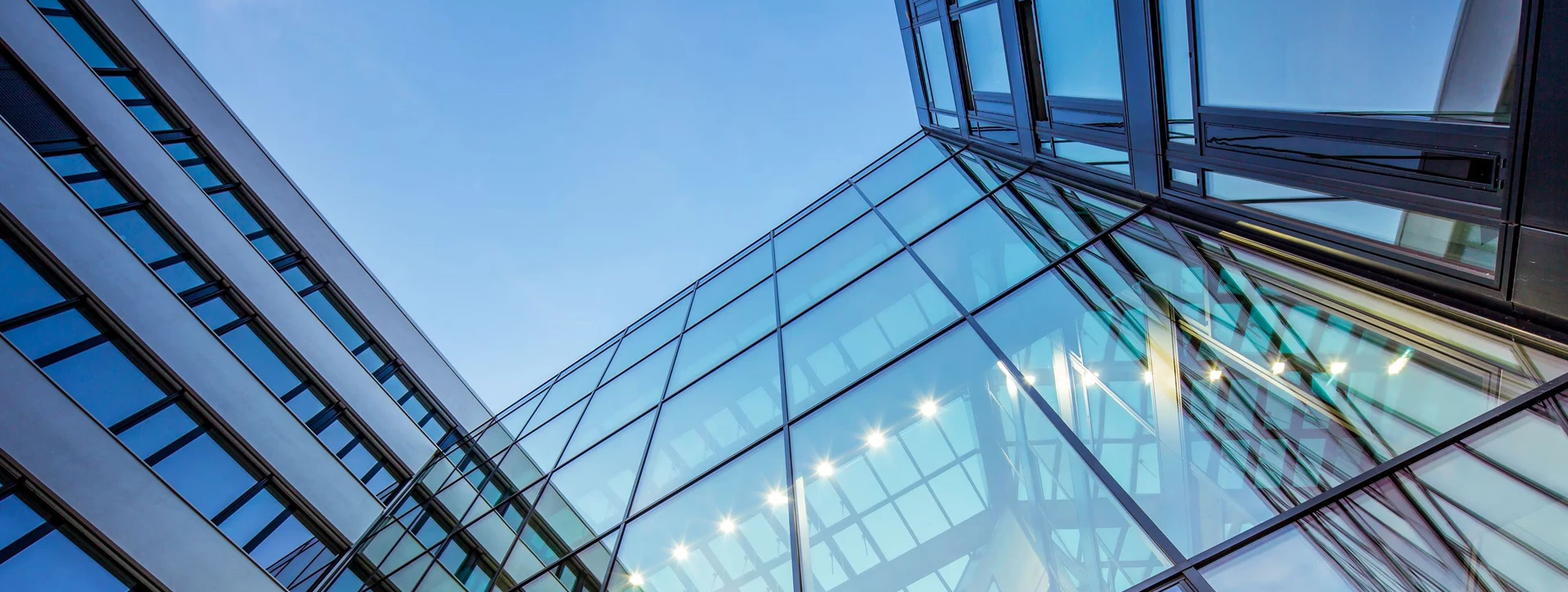
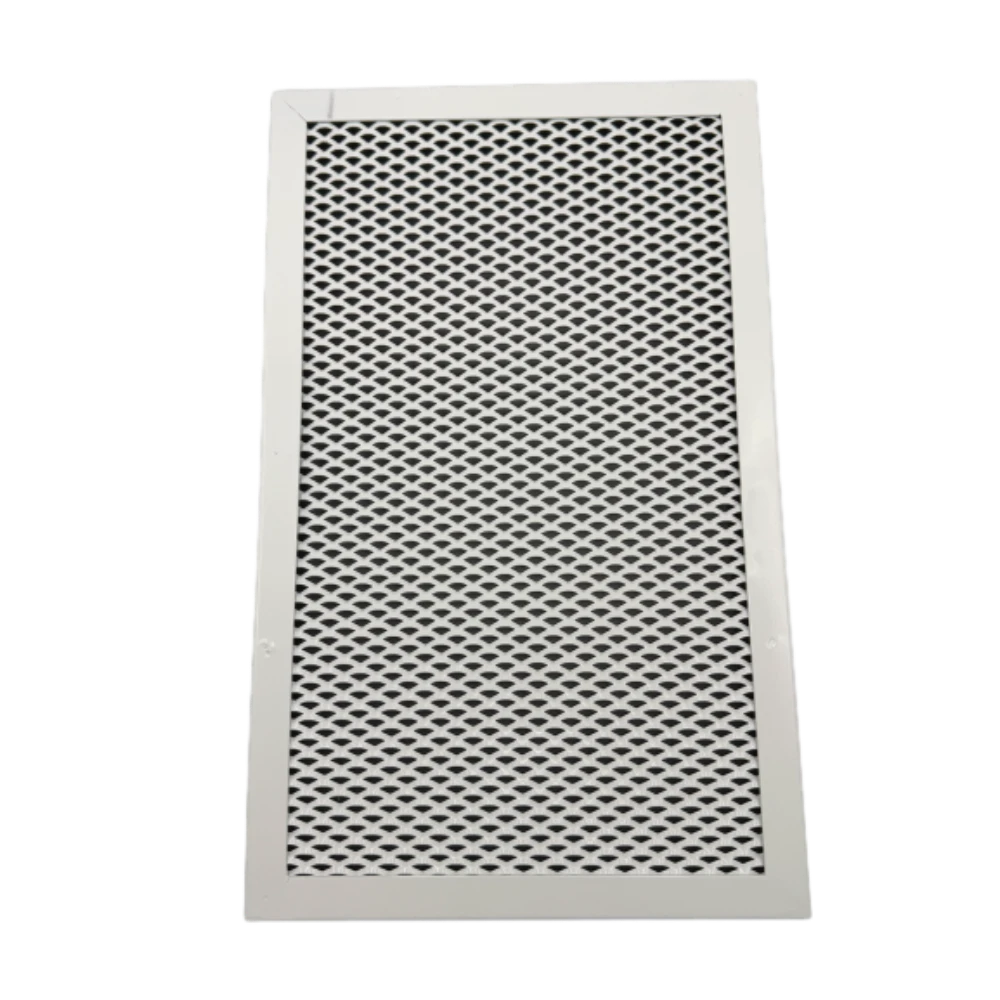

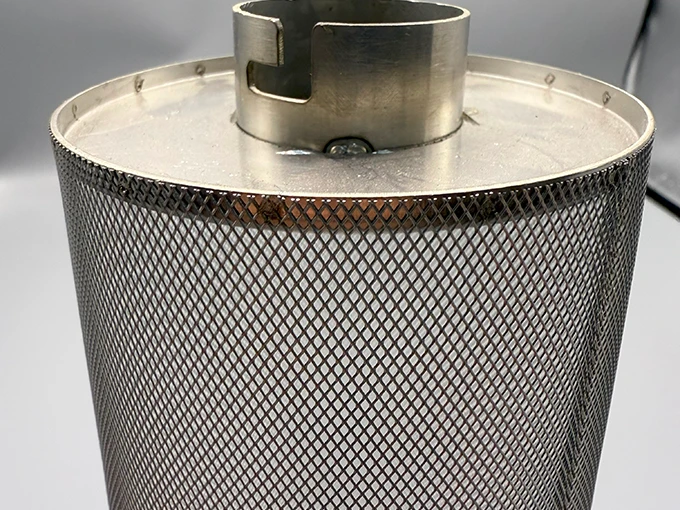
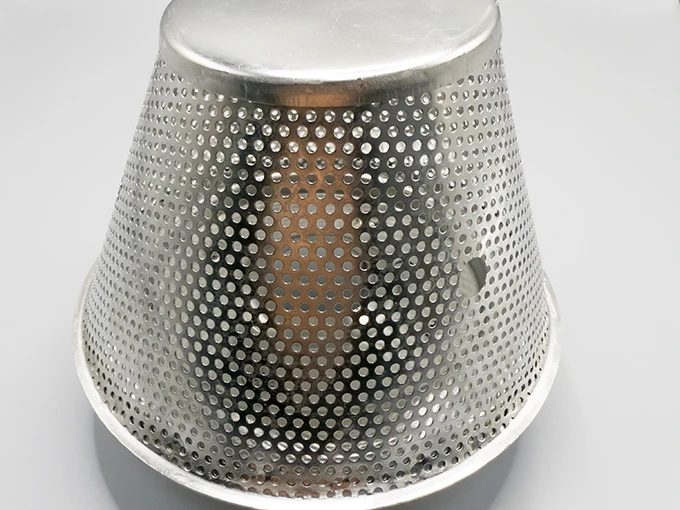












![$item[título] $item[alt]](https://www.ccmetalmesh.com/images/cc-7691.webp)

